
Ljubljana
SloveniaLjubljana, the captivating capital of Slovenia, often charms visitors with its intimate atmosphere and verdant embrace, yet it holds a history stretching back to Roman times when it was known as Emona. This ancient lineage quietly underpins the city's modern vibrancy. Interestingly, the very symbol of Ljubljana is a dragon, perched atop the castle tower and featured prominently on the city's coat of arms. Legend attributes this fierce creature to the Greek hero Jason, who supposedly slew a dragon in the marshes near where the city now stands during his quest for the Golden Fleece, a mythical origin story that adds a touch of fantastical intrigue to its identity. For a period in the early 19th century, during Napoleon's reign, Ljubljana held the unique distinction of being the capital of the Illyrian Provinces, a territory encompassing parts of modern-day Slovenia, Croatia, and Austria. This brief but significant moment in history positioned Ljubljana as a temporary administrative center for a larger region, exposing it to different cultural and political influences. Adding to its historical significance, Ljubljana hosted the Congress of Laibach (its German name at the time) in 1821, a meeting of European powers that shaped the political landscape following Napoleon's defeat, demonstrating its role as a stage for significant international events. The architectural landscape of Ljubljana is distinctly marked by the work of Jože Plečnik, a renowned architect who left an indelible stamp on the city in the 20th century, often compared to Gaudí's influence on Barcelona. Plečnik's masterful touch can be seen in numerous iconic structures, including the Triple Bridge, a picturesque series of three bridges spanning the Ljubljanica River, the National and University Library, and the Central Market, each showcasing his unique blend of classical and modern styles. His vision transformed Ljubljana into a cohesive and aesthetically pleasing urban environment, earning it recognition as a significant comprehensive work of art of the 20th century. Adding a touch of unexpected romance to the city are the padlocks adorning the Butcher's Bridge. Inspired by similar traditions in other European cities, couples attach padlocks engraved with their names to the bridge's railings, symbolizing their enduring love, with the keys often thrown into the Ljubljanica River below, a charming contemporary custom layered onto the city's historical fabric. Furthermore, Ljubljana proudly held the title of European Green Capital in 2016, a testament to its commitment to sustainability and its extensive network of pedestrian and cycling paths, making it a remarkably people-friendly and environmentally conscious capital. This dedication to green spaces and a car-free city center underscores a modern ethos of liveability that complements its historical charm.
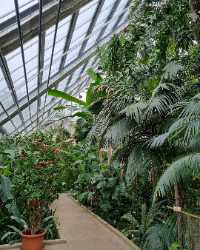 Botanični vrt Univerze
Botanical Garden
Botanični vrt Univerze
Botanical Garden
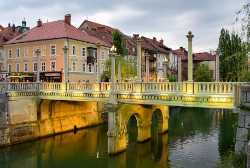 Cobblers' Bridge
Bridge
Cobblers' Bridge
Bridge
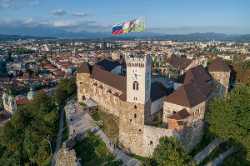 Ljubljana Castle
Castle
Ljubljana Castle
Castle
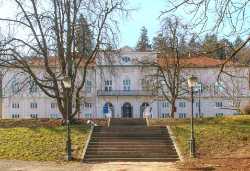 Cekinov grad
Castle
Cekinov grad
Castle
 Fužine Castle
Castle
Fužine Castle
Castle
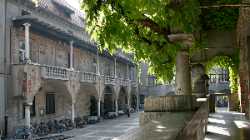 Križanke Summer Theatre
Cultural Center
Križanke Summer Theatre
Cultural Center
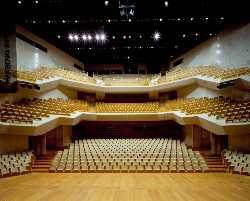 Cankarjev dom Cultural and Congress Centre
Cultural Center
Cankarjev dom Cultural and Congress Centre
Cultural Center
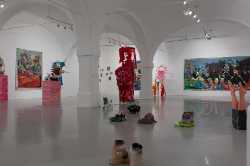 Galerija Equrna
Gallery
Galerija Equrna
Gallery
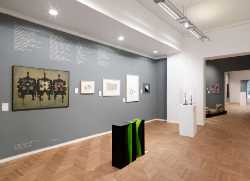 Ljubljana City Gallery
Gallery
Ljubljana City Gallery
Gallery
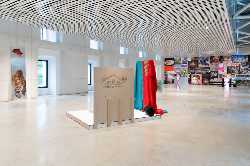 Cukrarna Gallery
Gallery
Cukrarna Gallery
Gallery
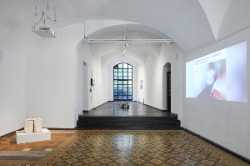 Škuc Gallery
Gallery
Škuc Gallery
Gallery
 Match Gallery
Gallery
Match Gallery
Gallery
 Galerija Antikvitete Novak
Gallery
Galerija Antikvitete Novak
Gallery
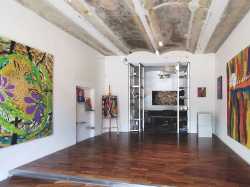 Atelje Galerija
Gallery
Atelje Galerija
Gallery
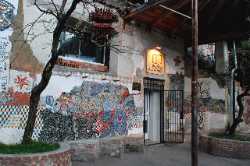 Alkatraz Gallery
Gallery
Alkatraz Gallery
Gallery
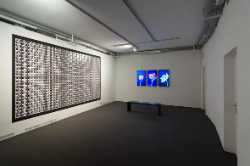 Aksioma Project Space
Gallery
Aksioma Project Space
Gallery
 DobraVaga
Gallery
DobraVaga
Gallery
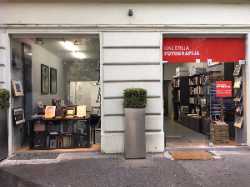 Galerija Fotografija
Gallery
Galerija Fotografija
Gallery
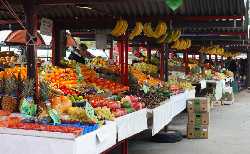 Osrednja tržnica
Market
Osrednja tržnica
Market
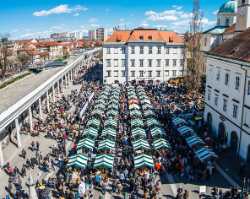 Ljubljana Open Kitchen
Market
Ljubljana Open Kitchen
Market
 Breg Embankment
Market
Breg Embankment
Market
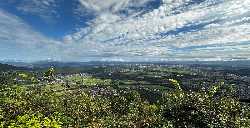 Šmarna Gora
Mountain
Šmarna Gora
Mountain
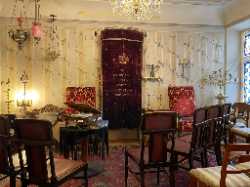 Jewish Cultural Center
Museum
Jewish Cultural Center
Museum
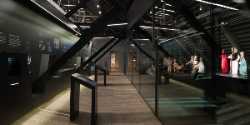 Museum of Puppetry
Museum
Museum of Puppetry
Museum
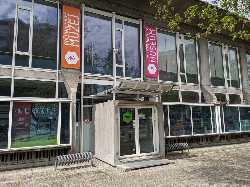 Computer History Museum Slovenia
Museum
Computer History Museum Slovenia
Museum
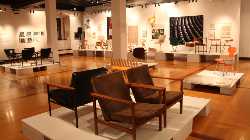 Museum of Architecture and Design
Museum
Museum of Architecture and Design
Museum
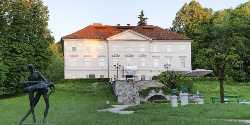 International Centre of Graphic Arts
Museum
International Centre of Graphic Arts
Museum
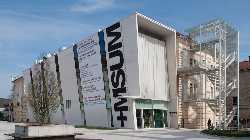 Museum of Contemporary Art Metelkova
Museum
Museum of Contemporary Art Metelkova
Museum
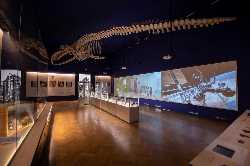 Slovenian Museum of Natural History
Museum
Slovenian Museum of Natural History
Museum
 Plečnik House
Museum
Plečnik House
Museum
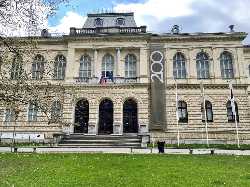 National Museum of Slovenia
Museum
National Museum of Slovenia
Museum
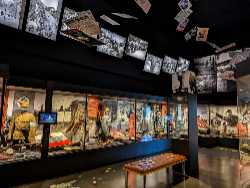 National Museum of Contemporary History
Museum
National Museum of Contemporary History
Museum
 Moderna galerija
Museum
Moderna galerija
Museum
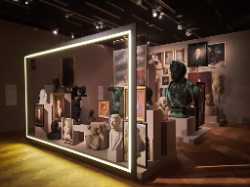 City Museum of Ljubljana
Museum
City Museum of Ljubljana
Museum
 Slovene Ethnographic Museum
Museum
Slovene Ethnographic Museum
Museum
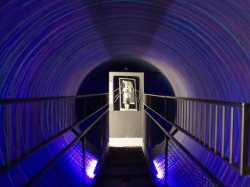 Museum of Illusions
Museum
Museum of Illusions
Museum
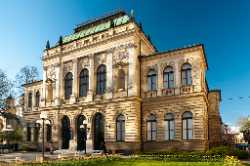 National Gallery of Slovenia
Museum
National Gallery of Slovenia
Museum
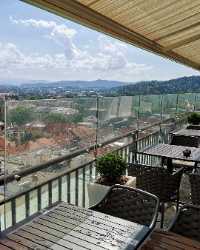 Nebotičnik Skyscraper
Observation Place
Nebotičnik Skyscraper
Observation Place
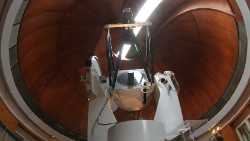 Astronomsko-geofizikalni observatorij Golovec
Observatory
Astronomsko-geofizikalni observatorij Golovec
Observatory
 Ljubljana Opera House
Opera House
Ljubljana Opera House
Opera House
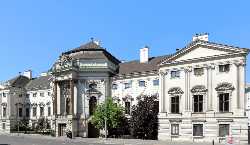 Auersperg Palace
Palace
Auersperg Palace
Palace
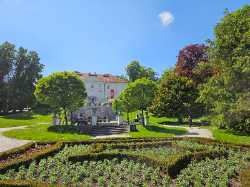 Tivoli Park
Park
Tivoli Park
Park
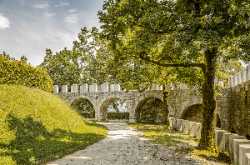 Grajski grič
Park
Grajski grič
Park
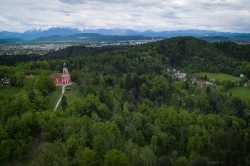 Rožnik
Park
Rožnik
Park
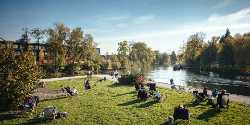 Špica Park
Park
Špica Park
Park
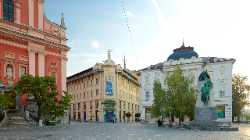 Prešeren Square
Square
Prešeren Square
Square
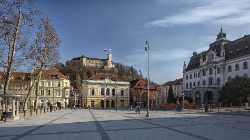 Congress Square
Square
Congress Square
Square
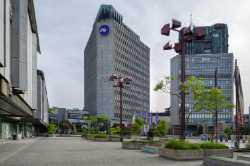 Republic Square
Square
Republic Square
Square
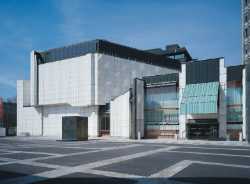 Cankarjev dom
Theatre
Cankarjev dom
Theatre
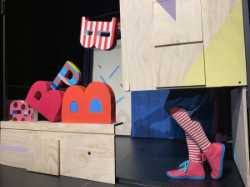 House of Children and Arts
Theatre
House of Children and Arts
Theatre
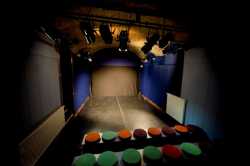 Kulturnica
Theatre
Kulturnica
Theatre
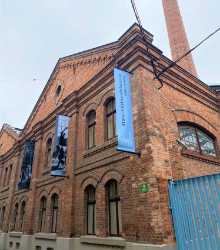 Stara mestna elektrarna - Elektro Ljubljana
Theatre
Stara mestna elektrarna - Elektro Ljubljana
Theatre
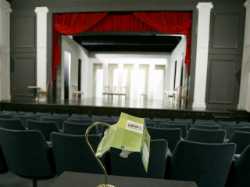 Sentjakobsko Theatre
Theatre
Sentjakobsko Theatre
Theatre
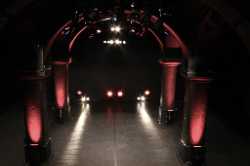 Glej Theatre
Theatre
Glej Theatre
Theatre
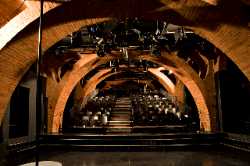 Slovenian Youth Theatre
Theatre
Slovenian Youth Theatre
Theatre
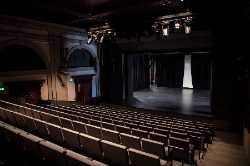 Ljubljana Puppet Theatre
Theatre
Ljubljana Puppet Theatre
Theatre
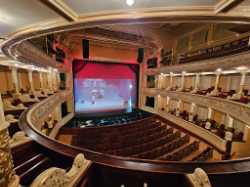 Slovenian National Theatre
Theatre
Slovenian National Theatre
Theatre
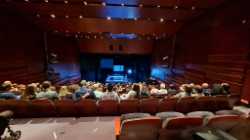 Ljubljana City Theatre
Theatre
Ljubljana City Theatre
Theatre
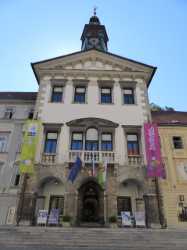 Mestna hiša
Town Hall
Mestna hiša
Town Hall